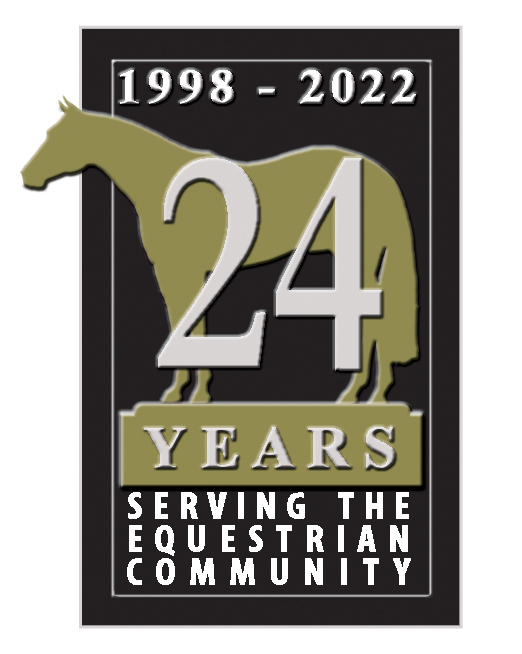
MOBILITY CARE AND REHABILITATION
August 1, 2021A Little Support Can Go A Long Way
Contributed by Pet Talk, vetmed.tamu.edu
Veterinarians are making strides in learning more and more about man’s best friend, thanks to recent discoveries in the field of canine health, but a lot of questions still exist when it comes to mobility issues in our four-pawed friends.
A dog’s mobility may be compromised because of age, injury, or birth defect, and animals suffering from these conditions may experience serious pain. As such, pet owners should know how to recognize when their canine companion is lacking a certain spring in their step.

Aspen uses the water treadmill in the Texas A&M Small Animal Teaching Hospital’s Sports Medicine & Rehabilitation service.
Dr. Daniel Eckman, a staff veterinarian in rehabilitation at the Texas A&M College of Veterinary Medicine & Biomedical Sciences’ Veterinary Medical Teaching Hospital, weighed in on the problems that can come from mobility issues in dogs.
“Many of the common signs include reduced walking distances, persistent lameness, not being able to perform a sport that they previously could, and being painful when touched,” Eckman said. “Rehabilitation can be necessary at any point.”
Mobility issues can be breed-specific—some larger breeds, including Labradors, Golden Retrievers, and German Shepherds, tend to have joint problems, while Dachshunds tend to be more susceptible to back complications.
One of the most powerful tools owners can use in identifying these kinds of issues is observation, Eckman said.
When dog owners notice some of the key symptoms associated with mobility issues, the exact location and cause of the pain can be identified by consulting your veterinarian. To determine if there are any infections or imbalances that could be contributing to the immobility, your veterinarian may order radiographs or clinical blood tests, such as a complete blood count, urinalysis, and a biochemistry profile.
Another way to support pets during this process is working with a certified animal rehabilitation practitioner to develop rehabilitation plans and/or home exercises, according to Eckman.
“Physical exercises can be used to increase the range of motion of joints,” he said. “They also can increase strength and limb awareness. Other techniques like joint mobilizations may increase the range of motion and decrease the pain of joints. Massage can reduce muscle fatigue and restrictions. Therapeutic ultrasound, laser therapy, and extracorporeal shockwave also can reduce pain and treat various conditions.”
There are many exercises that can be done at home that offer a great workout for pets who need to be active while not adding insult to injury.
“Low-impact exercises may be walking on softer surfaces such as grass or dirt; you could also incorporate sand. Try to avoid concrete or asphalt when possible,” Eckman said. “Animal rehabilitation facilities may use a water treadmill to allow lower impact but increase resistance.”
As your dog ages, joint and cartilage problems can be difficult to treat; however, owners can work to ease or even delay the onset of these mobility diseases through diet.
In addition, supplements such as glucosamine, chondroitin, and green lipped mussel—which have been proven to reduce inflammation and pain, improve function, and slow progression of joint damage and arthritis in both humans and animals—and diets that are protein rich and include omega-3 fatty acids, such as those derived from fish, can also support increased mobility.
“Good, quality nutrition, keeping pets lean, and avoiding high-impact and or dangerous sports are some of the best preventions for arthritis and mobility issues,” Eckman said. “Finding and treating underlying conditions as soon as a problem is noted is also important, as is working with a veterinarian on best treatments and practices for their individual pet.”
Although a dog’s mobility naturally declines as they age, their quality of life doesn’t have to. Managing your dog’s weight and incorporating a flexible, low-impact exercise routine into a comprehensive support program can allow our furry friends to enjoy their golden years. 🎠
Pet Talk is a service of the College of Veterinary Medicine & Biomedical Sciences, Texas A&M University. Stories can be viewed on the web at vetmed.tamu.edu/news/pet-talk. Suggestions for future topics may be directed to [email protected].



